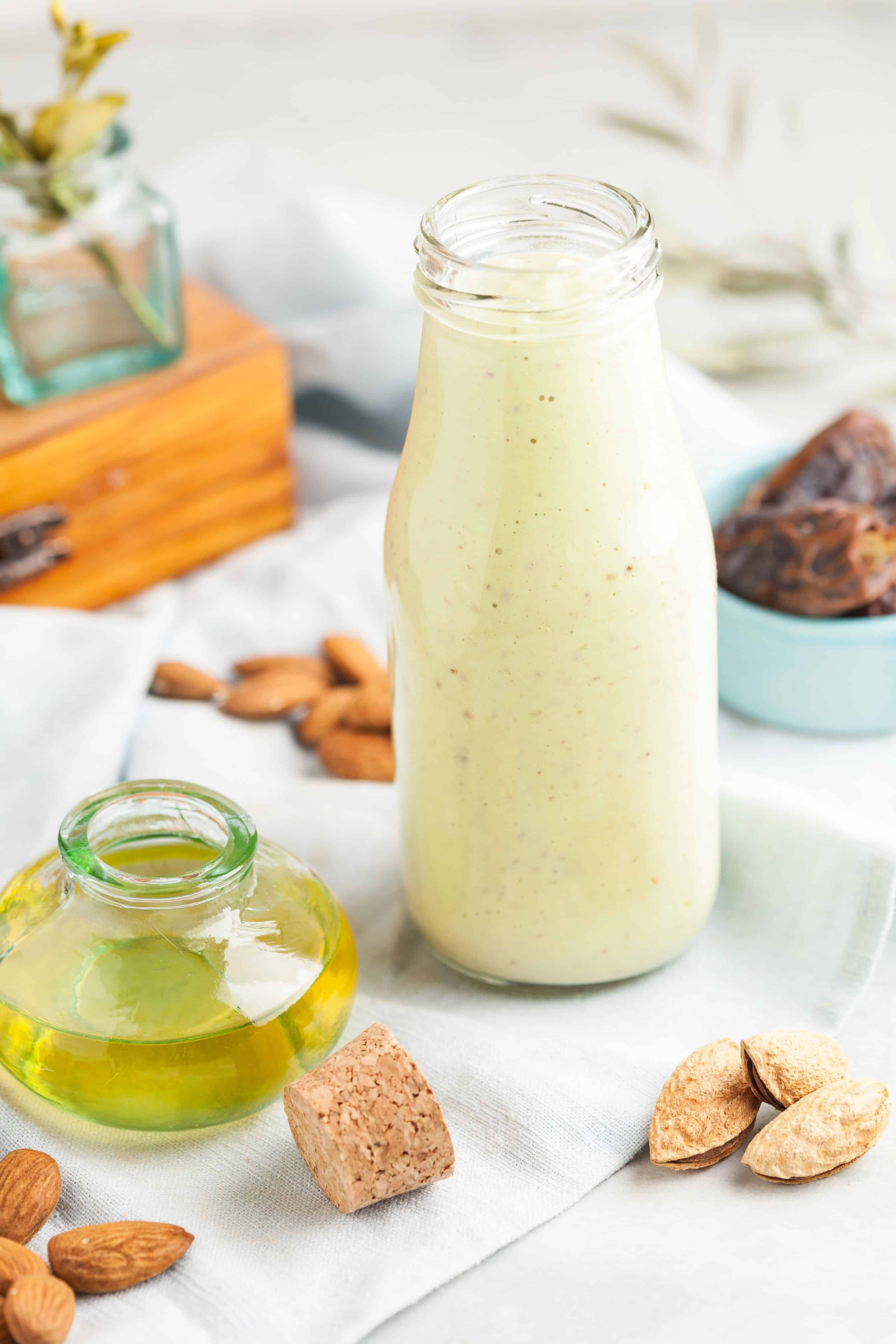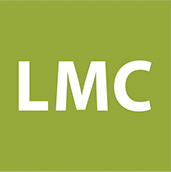When the countdown begins, we start to reconcile what has happened in the last year and make plans for the New Year. It is that time of year when we look back; reflect on all we set out to do and what was accomplished. We also reflect on all we would like to change, improve, and include more or less of in our lives.
Most New Year’s resolutions involve improving your health or happiness. However, they can create frustrations or can actually get you moving in the right direction. So what makes a good resolution? The key is to choose specific, realistically achievable and measurable goals! After all, just “living healthier” can feel overwhelming.

Like any action plan, resolutions should be about behaviours, not results: “I will eat more fibre” rather than “I will lose weight”. You can’t control results, but you can have more control over what you do everyday. Resolution should be specific: how will you eat more fibre? They should also be realistic. So although a marathon sounds amazing, maybe starting with a 10-km run is a good start. Resolutions should be something you want to do, not something you think you should do. If you really love pasta, saying you will cut them out will not motivate you. Committing to finding pasta with good quality carbs is a better idea, for example whole grain pasta, or black bean pasta.
Need some inspiration? Here are a few ideas of how to turn result-oriented resolutions into realistic action plans:
- Get my A1C down: First ask yourself what, in your case, will have the greatest impact on blood sugar control. Is it exercise? Is it taking your medication? Or testing your blood sugar? Depending on the answer, create your goal. For example: I will test my blood sugar 2 times per day at varying times of the day, including after meals to see how certain foods are affecting me.
- Lose weight: Start with something simple, like eating more vegetables! Vegetables offer more benefits than fruits in terms of vitamins and minerals with fewer calories: I fill half of my plate with vegetables each night.
- Move more: Do an activity that you haven’t tried before, or an exercise you enjoy to ease into your daily routine: I will go to my salsa class 3 times a week for the next four months. Remember, any movement counts as exercise, so you can also choose to only take the stairs instead of the elevator, or to walk instead of drive to the grocery store.
- Nurture your relationships: Add a weekly lunch with a friend to your schedule, join a local club or sports team, plan a monthly date night with your partner or eat meals at the dinner table with your family during week days.
So what are your resolutions for 2018?
Warm wishes for 2018, from the entire LMC team
If your new years resolution is to start having a healthier breakfast or even just having breakfast everyday try this Banana Nut smoothie recipe from EatRight Ontario that is packed with protein and will keep you full for a long time.
Banana Nut Smoothie
Ingredients:
Almond milk beverage or milk 1 cup (250 mL)
Soft (silken) tofu 1/2 cup (125 mL)
Frozen banana 1
Peanut or other nut butter 1 tbsp (15 mL)
Directions:
1. In a blender combine almond milk, tofu, banana and peanut butter.
2. Blend until smooth.
Nutrition Information per serving
Calories: 189 kcal
Protein: 10 g
Carbohydrates: 23 g
Fat: 7 g
Fibre: 2 g
Sodium: 62 mg
Calcium: 188 mg
Iron: 1 mg

